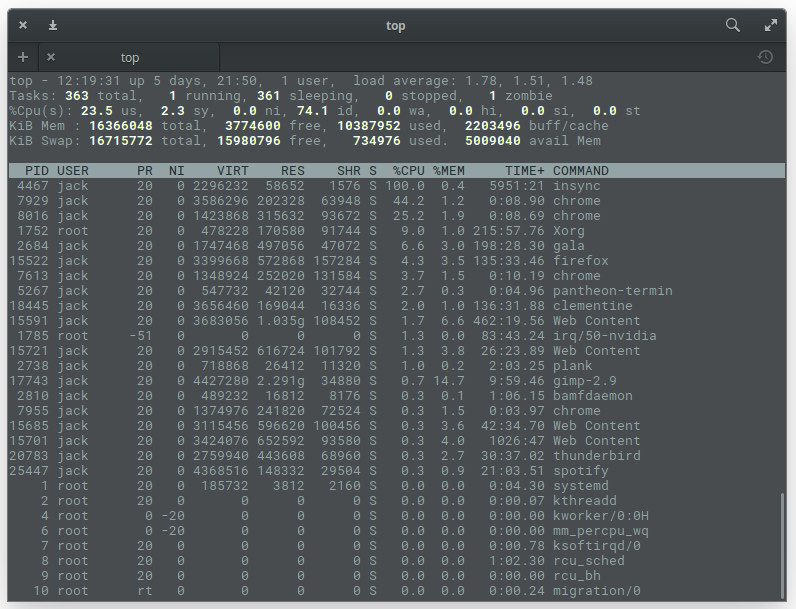Linux Command Memory Slots
Posted : admin On 3/31/2022Check RAM on Linux using free. The most popular command in order to check your RAM on Linux is to use the “free” command. $ free total used free shared buff/cache available Mem: 40216 16 480 Swap: 0 0 0. The numbered directories represent processes, better known as PIDs, and within them, a command that occupies them. The files contain system information such as memory (meminfo), CPU information (cpuinfo), and available filesystems. Read Also: Linux Free Command to Check Physical Memory and Swap Memory.
We have a lot of servers. There are different type of vendors and products. Tracking them about theirs hardware is hard work. For example to get ram information by opening all cases of servers is impossible. Here comes Linux magic. Linux provides a lot of commands. We can use dmidecode like below.
dmidecode is very useful command which can provide information about hardware of the system. dmidecode will list a lot of information about CPU, Memory, Mainboard, Devices, Network etc. by default without providing any option. We will use --type 17 option in order to print detailed Memory or RAM information like below.
Linux Command Memory Slots Upgrade
We can see that the system has 2048 MB RAM and multiple RAM slots.
As we have seen that dmidecode will print a lot of information about the RAM but if we want to strictly filter the RAM size we can use grep command like below by providing Size term.
Linux Command Memory Slots Windows 10
Like RAM size we can also print the frequency of the RAM with grep command. As frequency is expressed with MHz we will provide Speed to the grep command.

Linux Command To Check Memory Slots
Memory/RAM has physically different form factors. Currently DIMM or SODIMM is very popular. We can get this information with the following command.